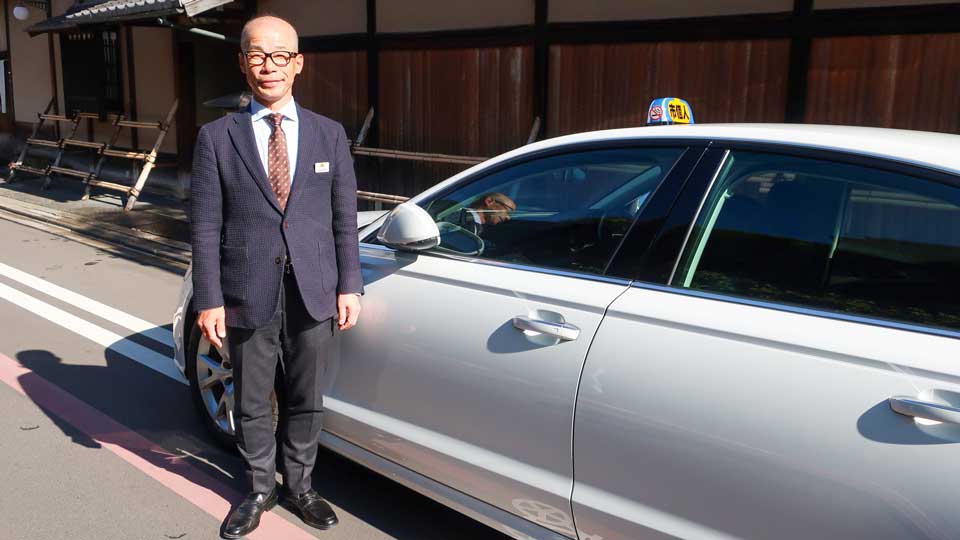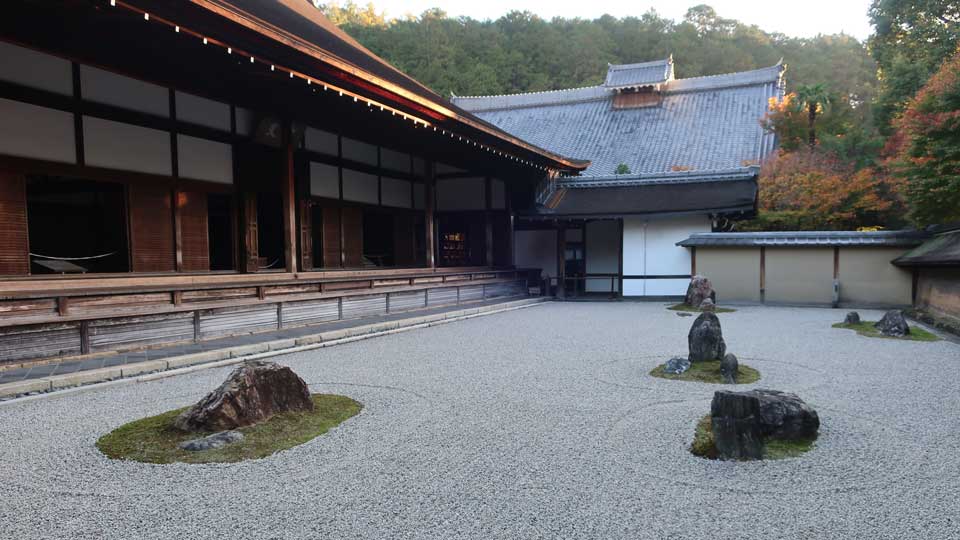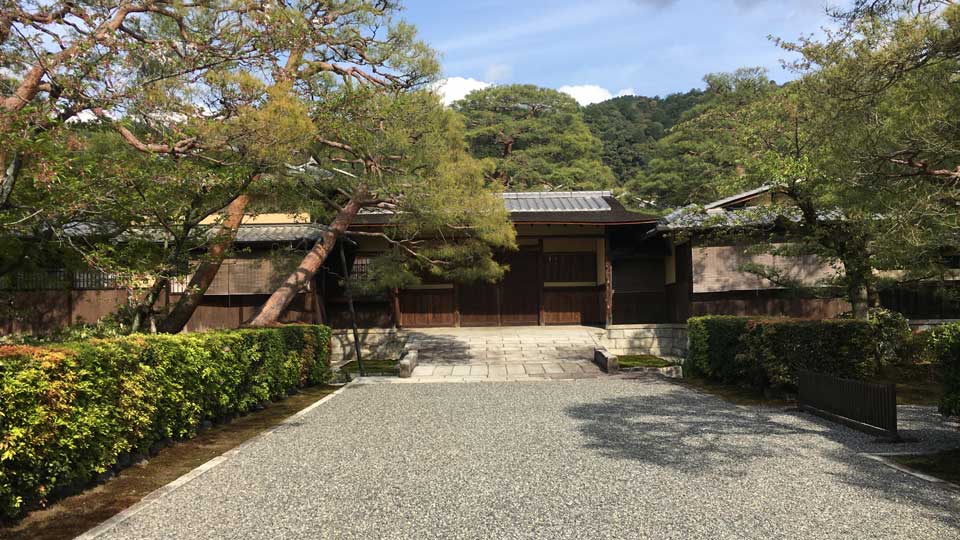
<aside> 🗣 Steve Jobs was the public face of some of the biggest tech innovations of the 21st century. But privately, he was known for his passion for Japanese culture. He was particularly fond of Kyoto and over the course of 25 years, he got to know the ancient Japanese capital well.
</aside>
When it came to Kyoto, Oshima Hiroshi was Steve Jobs’man. Oshima worked as a chauffeur and a tour guide for Jobs on four trips, the last in 2010, just one year before the Apple founder’s death. Jobs would arrive with a vague idea of what he wanted to see but left the specifics to Oshima.
Over the years, the two grew close and Jobs gave Oshima his home address and phone number, urging him to call if he ever had the chance to visit the US. Oshima says he would even jokingly ask Jobs to name one of Apple’s products’Hiro.’

Oshima Hiroshi, a chauffeur and tour guide, showed Steve Jobs around Kyoto.
Oshima says one of Jobs’ favorite destinations was Ryoanji, a 500-year-old Zen temple known for its rock garden. Oshima took Jobs there three times.
“On our first visit, I told him about the temple’s unique visual trick,”says Oshima.“The garden has fifteen stones but you cannot see all of them at once from a single vantage point.”
Oshima says Jobs immediately checked to see if this was true. He paced around, looking for the perfect spot to view the garden, but couldn’t find it.
“Then I explained the significance of the number: 15 means completion. In the past, men were recognized to have reached adulthood at the age of 15. A night with a full moon is called’Jyugoya’, or 15th night. The reason we can’t find all 15 rocks is that we’re still in a work in process.”
Oshima says Jobs seemed to accept this, and nodded, keeping his eyes on the garden. Years later, he brought his children to the temple and told them what Oshima had explained to him.

The rock garden of Ryoanji was one of Jobs’ favorite places in Kyoto.
Jobs spoke about the influence of Zen Buddhism on his life in his authorized biography: “I have always found Buddhism, Japanese Zen Buddhism in particular, to be aesthetically sublime. The most sublime thing I’ve ever seen are the gardens around Kyoto. I’m deeply moved by what that culture has produced, and it’s directly from Zen Buddhism.”
In July 2010, Oshima was driving Jobs through an upscale neighborhood near Nanzenji Temple. One particular residence caught Jobs’ eye. It was the Nomura Villa, completed in 1928 by Nomura Tokushichi, the founder of Nomura Securities. The residence is known for its pristine garden and has been designated as a national important cultural asset. But it is rarely open to the public.
“I told him it would be impossible to enter but he said he might have a way,” says Oshima. “He called his secretary in the US and ten minutes later, I got a call from the Nomura headquarters saying that we had a reservation for a personal viewing the following day.”
When they returned, an interpreter was waiting for Jobs. Oshima waited outside in the car.
“When he came back out an hour later, he told me:‘I would like to have a garden like that.’”
